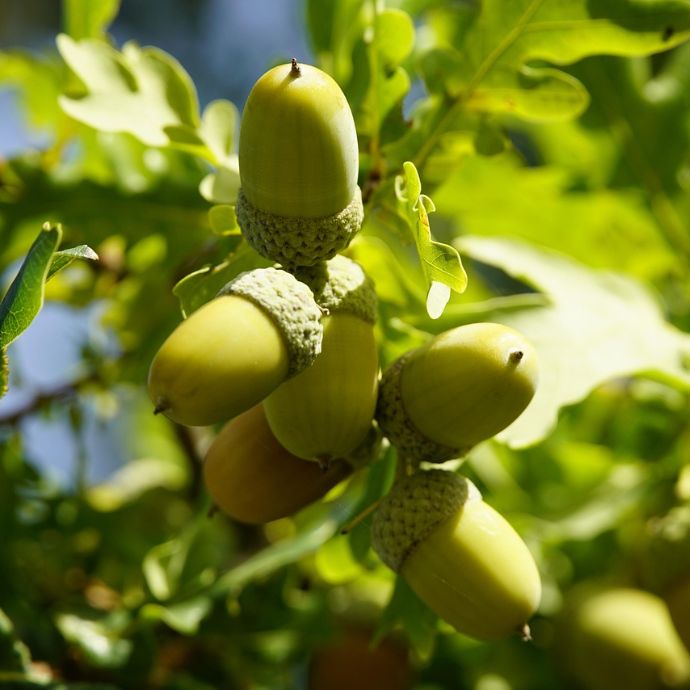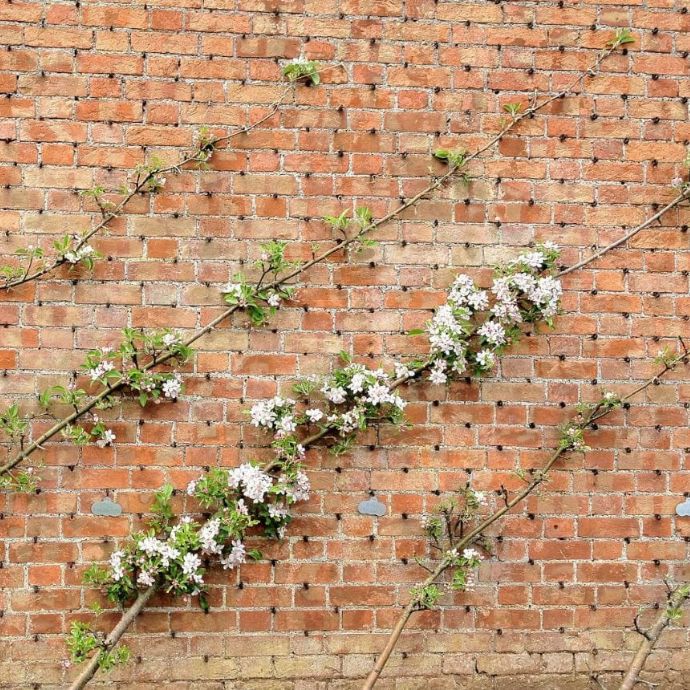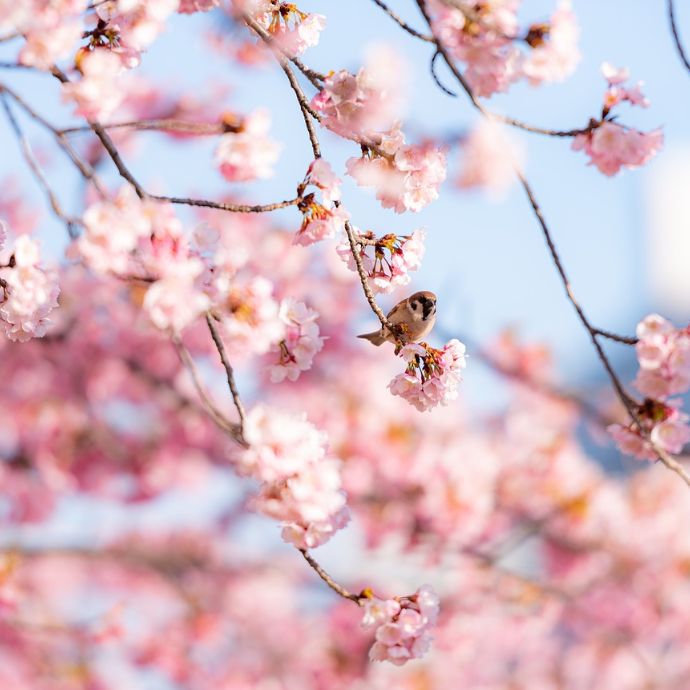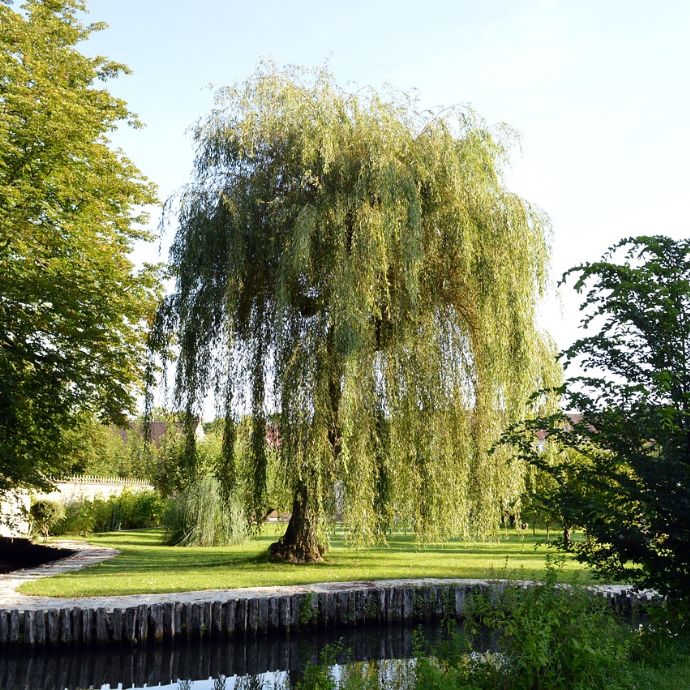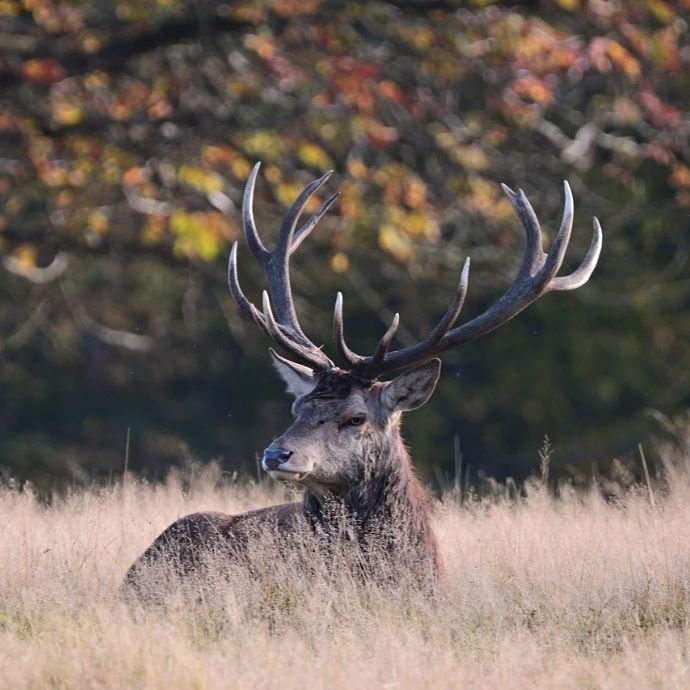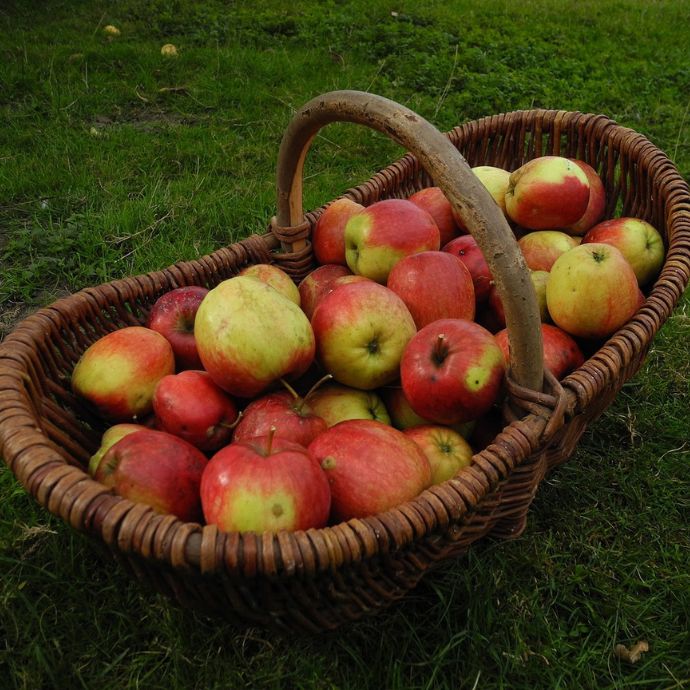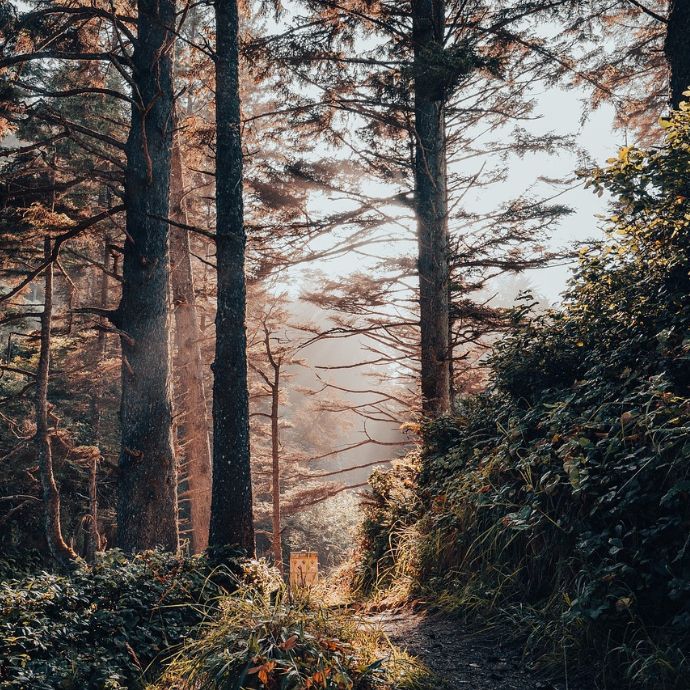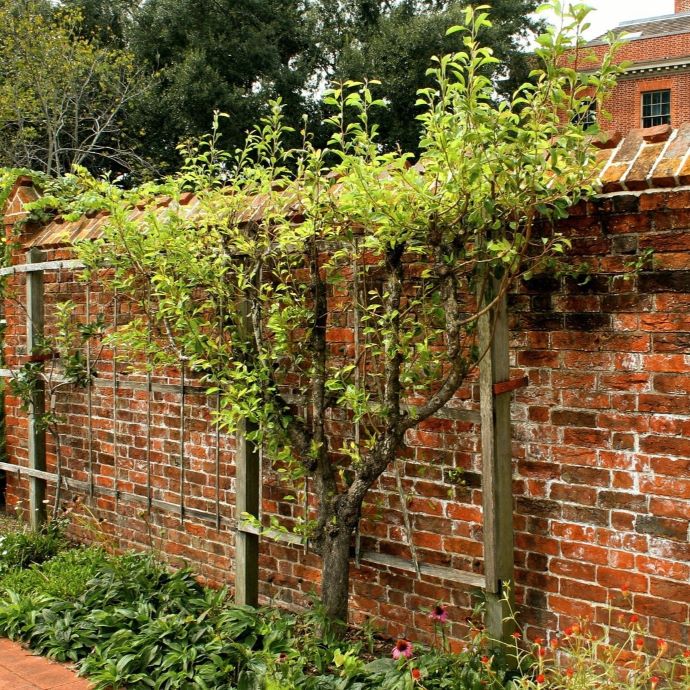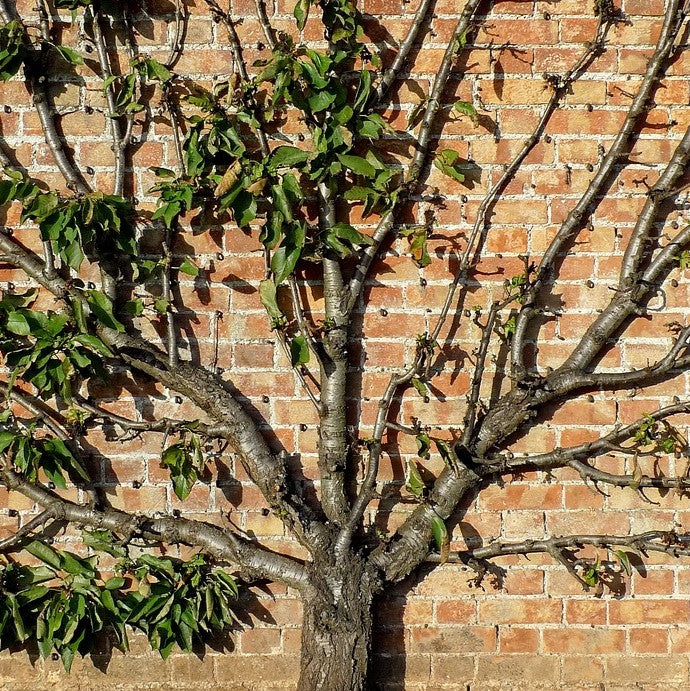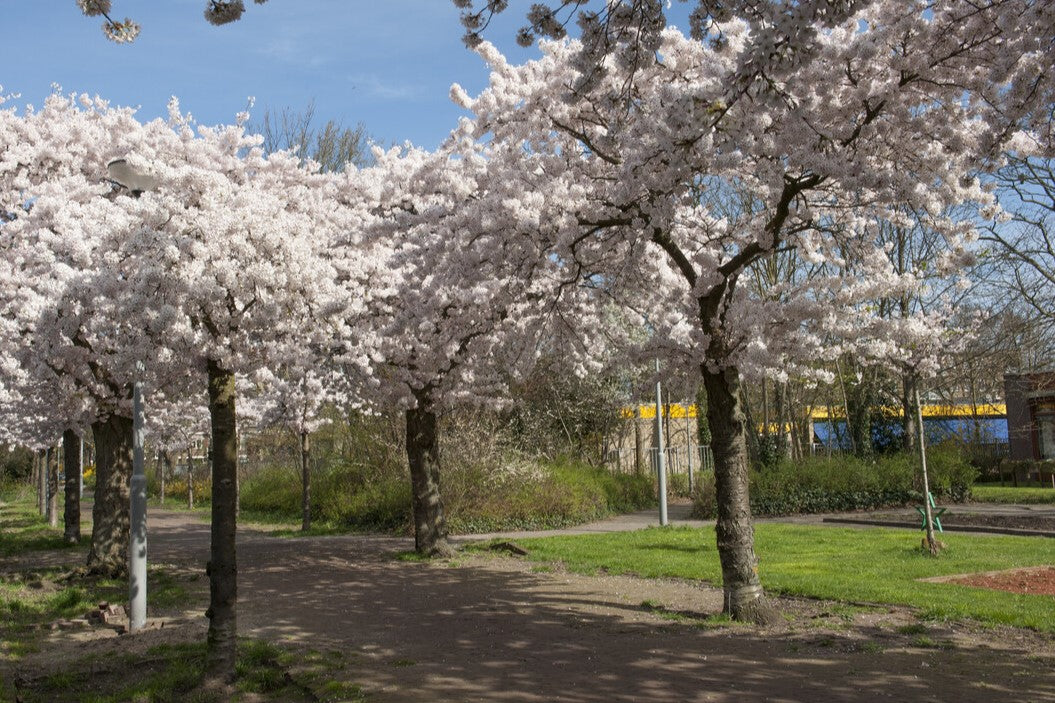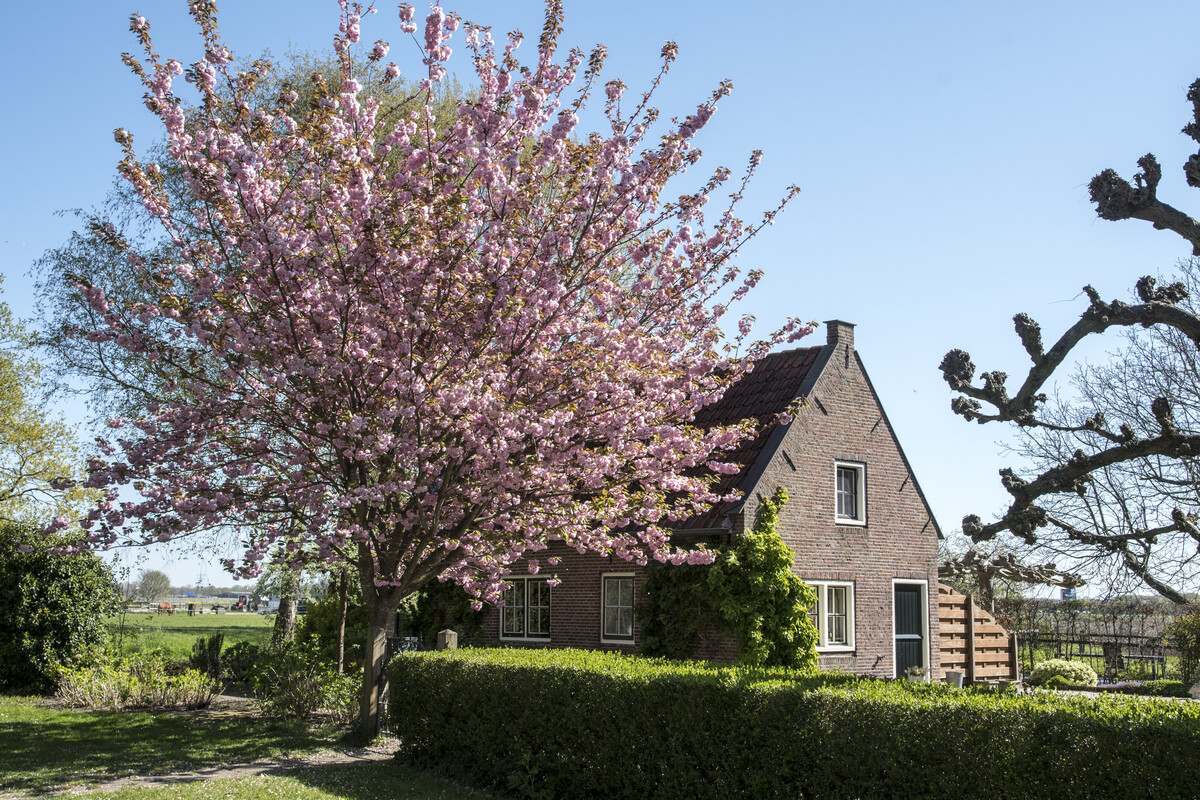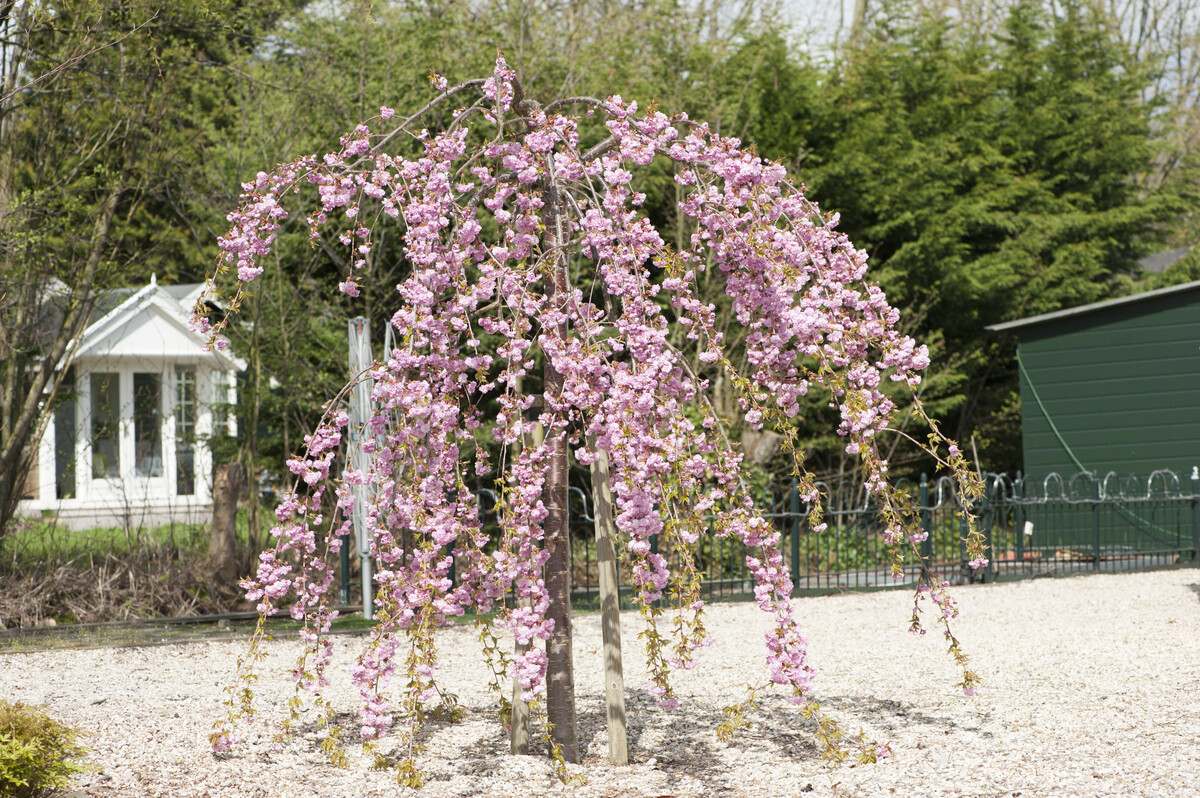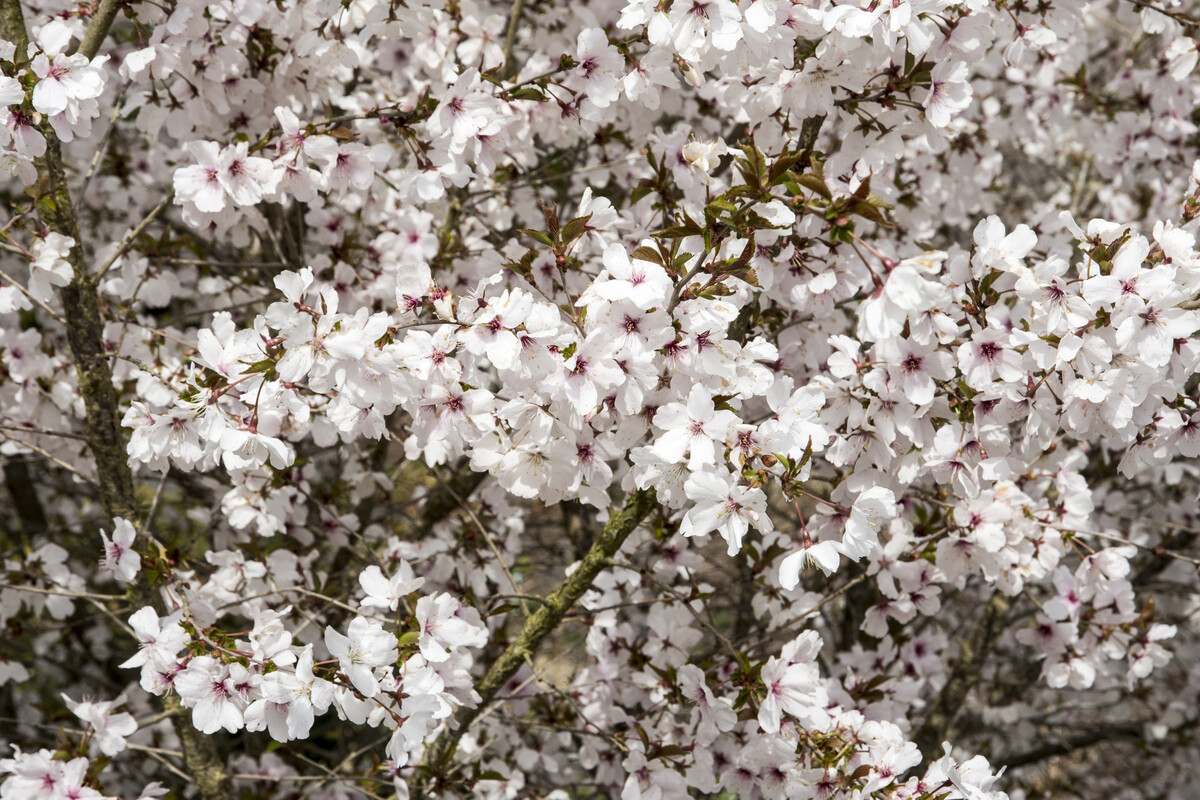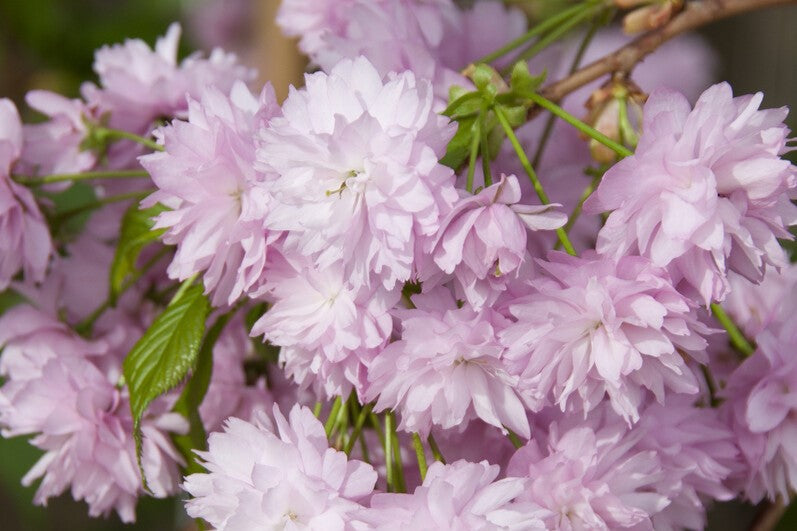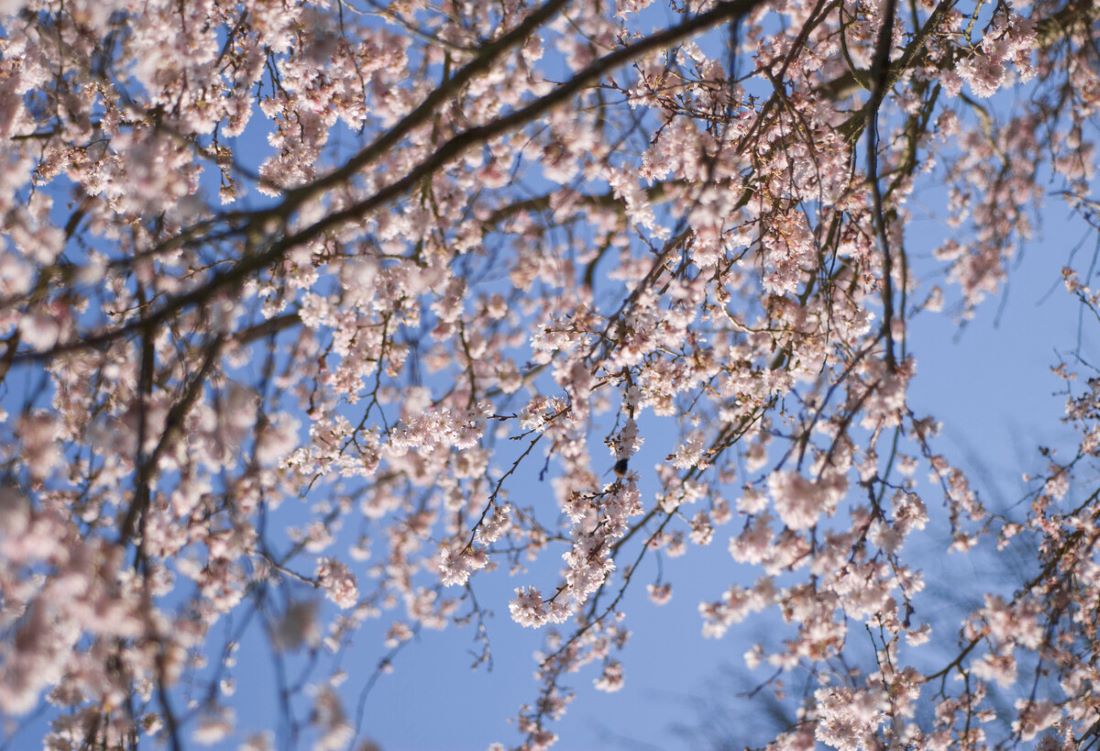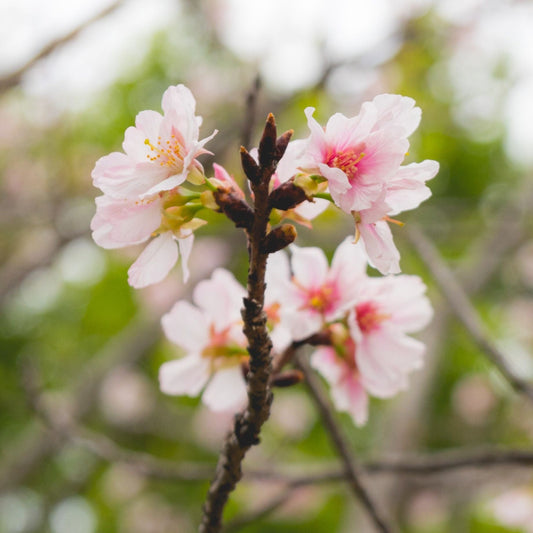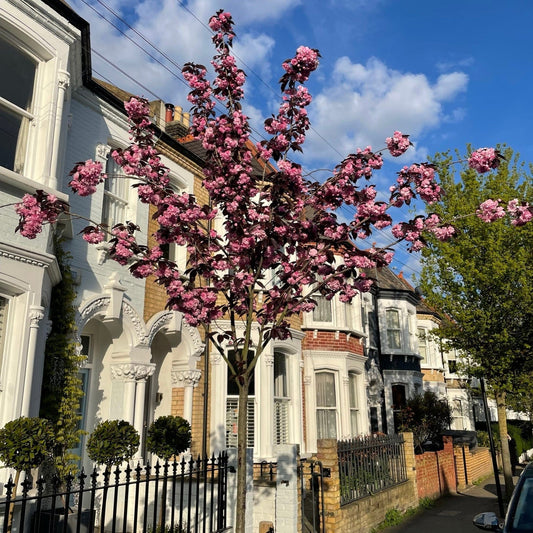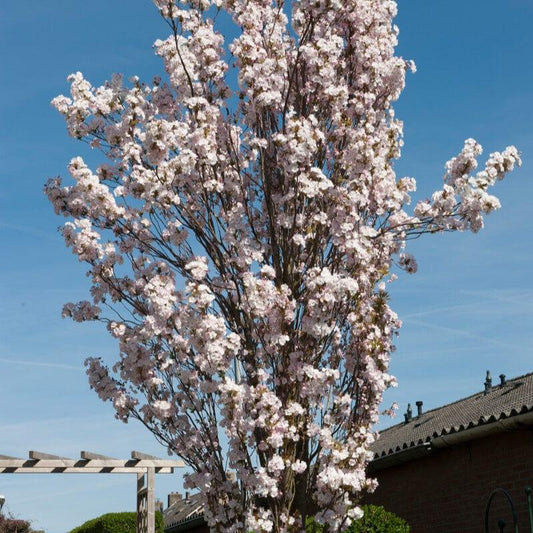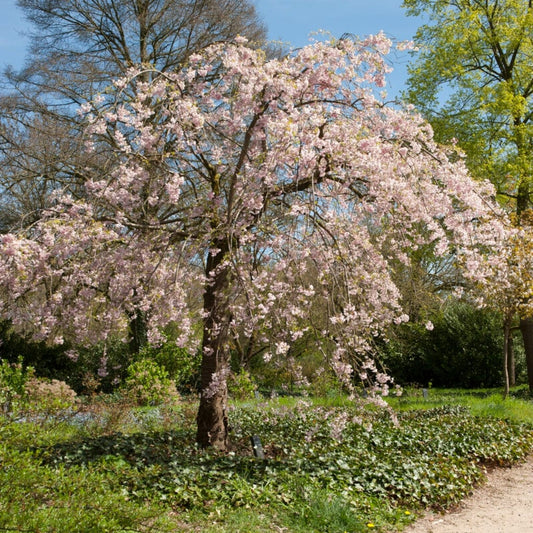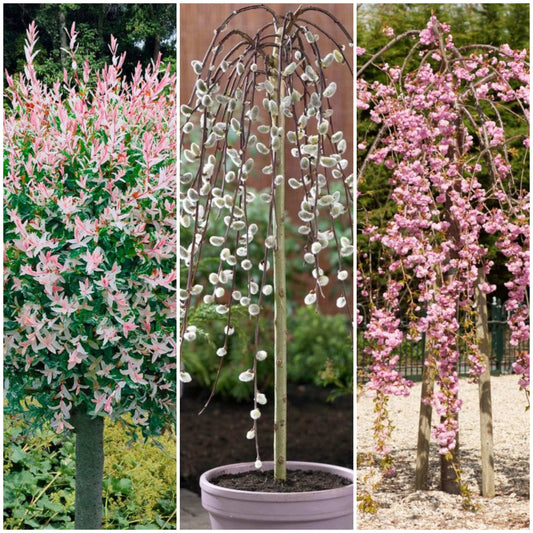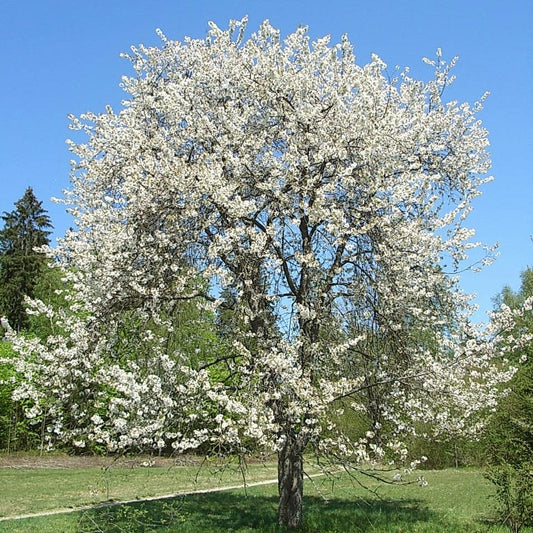Four Steps to Choosing the Perfect Cherry Blossom
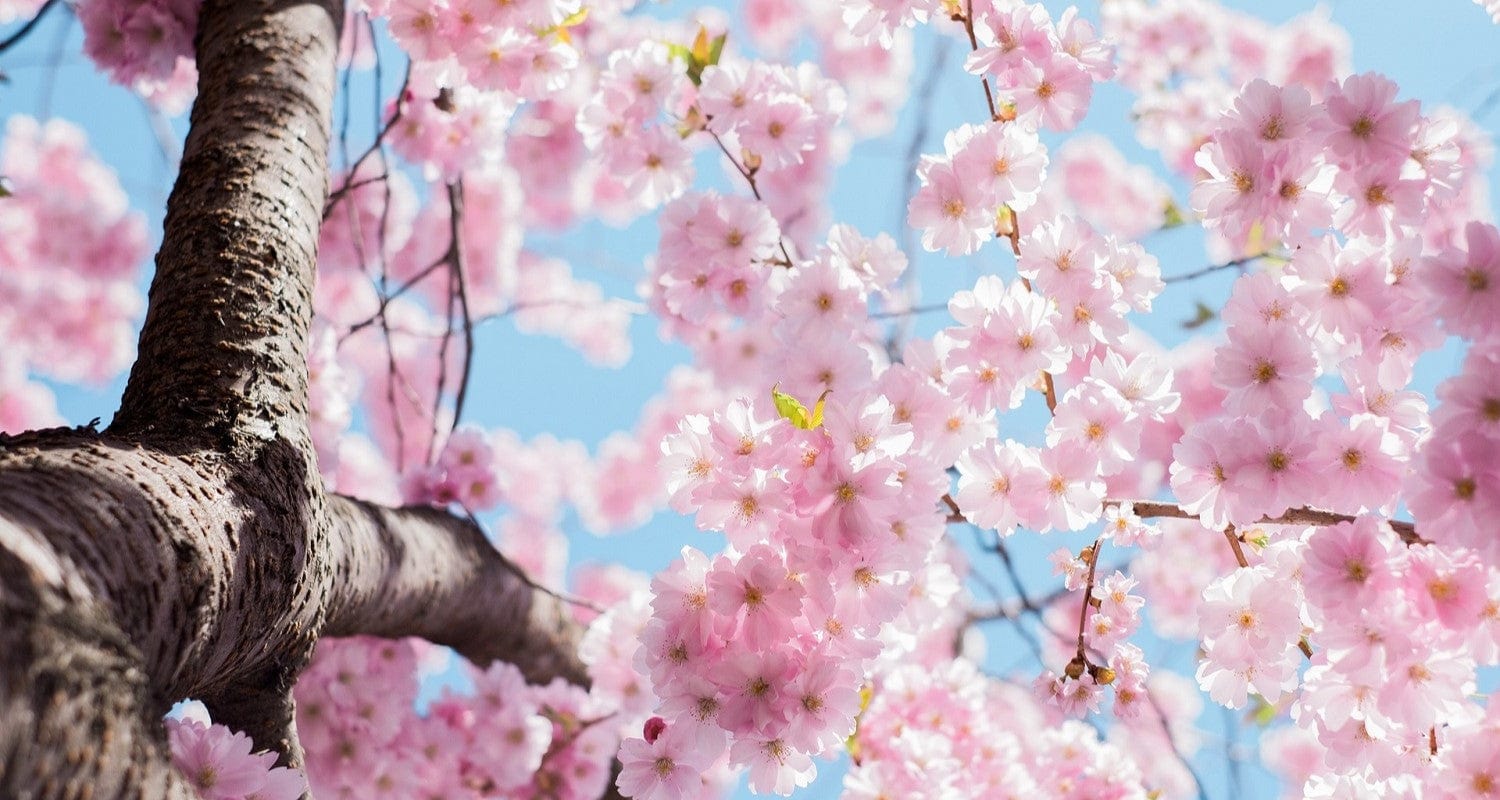
Cherry blossoms are the must-have tree of the spring, with clouds of pink or white, scented flowers that eventually cascade to the ground like confetti - but they’re not just a one season wonder! Their stunning autumn colour, bright foliage and graceful form make them a standout tree for any size of garden.
The only problem with cherry blossoms is figuring out which tree to choose - the Flower Association of Japan, where they originate, recognises over 300 species, varieties and hybrids! There are huge variations in size, form, colour, shape and even leaf colour, but with so much choice, how do you pick the perfect cherry blossom for you? Don’t worry - we’ve done the work for you, with this handy guide to help you choose.
For more choices, use the filters to select from our extensive cherry blossom collection.
Jump to:
1. What size of cherry tree do you want?
Firstly, how big do you want your tree to grow? The size of the cherry blossom you choose is dependent on how much space you have, and where you’d like to plant it. You might want tall cherry blossoms for a long rear garden, a compact tree to brighten a border or a small feature tree for the front of your house.
Large (up to 8m)
If space is no object, go for a large, upright variety like 'Kanzan', 'Accolade' or 'Tai-Haku' - these trees will reach a height between 5-8m metres but can be pruned to fit smaller spaces.
Medium (3-5m)
Coming in at a more compact 3-5m, 'Pink Perfection' and 'The Bride' are ideal for the medium-sized garden.
Small (up to 3m)
For smaller gardens we would recommend 'Single Pink' or 'Snow Showers'. These trees reach a mature height of around 2.5-3m and can easily be kept smaller with pruning.
For pots (up to 2.5m)
For pots or smaller spaces choose a dwarf cherry blossom like 'Kiku Shidare Zakura' or 'Ivensii' which will both grow to a very compact maximum size of 2.5m.
2. What shape of cherry tree do you want?
You should also take into consideration what form of tree suits your garden, whether that’s an upright, columnar, spreading or weeping shape.
Upright or vase-shaped trees
Vase-shaped trees have a central trunk with branches that sweep into an upright, arching shape that is widest at the top. 'Pandora' - a small tree with pale pink blossom - is a good example of this.
Vase-shaped trees are perfect for gardens and walkways because they allow headroom to walk or sit under them, or for underplanting, while still providing shade. Upright trees such as 'Kanzan' have a less formal looking crown, with dense, spreading branches which are often hidden under clouds of blossom in the spring!
Columnar or fastigiate trees
If you’re looking to fill a narrow space, you need a columnar tree. These are tall and slender, with upright branches - for example, 'Amanogawa' (‘Flagpole’) and 'Spire' have a mature height of 3-5m with a width of under 1m, allowing you to plant several of them close together.
Bushy or spreading trees
This is the classic cherry blossom shape, with high branches spreading to form a canopy - perfect for the Japanese custom of Hanami, in which people gather beneath the trees with friends, food and drink to admire the blossom. 'Accolade' and 'Tai-Haku' are classic spreading trees.
Weeping trees
Weeping trees have long, flexible branches that hang downwards - some reaching the ground. There are some beautiful weeping varieties of cherry blossom, like 'Kiku Shidare Zakura', 'Pendula Rubra' and 'Ivensii', which will retain a compact form, making them easy to prune.
3. What flower colour do you want your tree to have?
Ornamental cherries have arguably the best blossom of any flowering tree, so you really can’t choose badly. Their flowers have a wide range of tones from snow white to bright pink and everything in between, often changing throughout their flowering period.
Many cherry blossom flowers start off dark pink when they’re in bud, open to a lighter pink, then turn to pale pink or white as they mature. If you’ve definitely chosen a colour, these are the best varieties to go for...
White flowers
Pale pink flowers
'Pink Perfection' or 'Flagpole'.
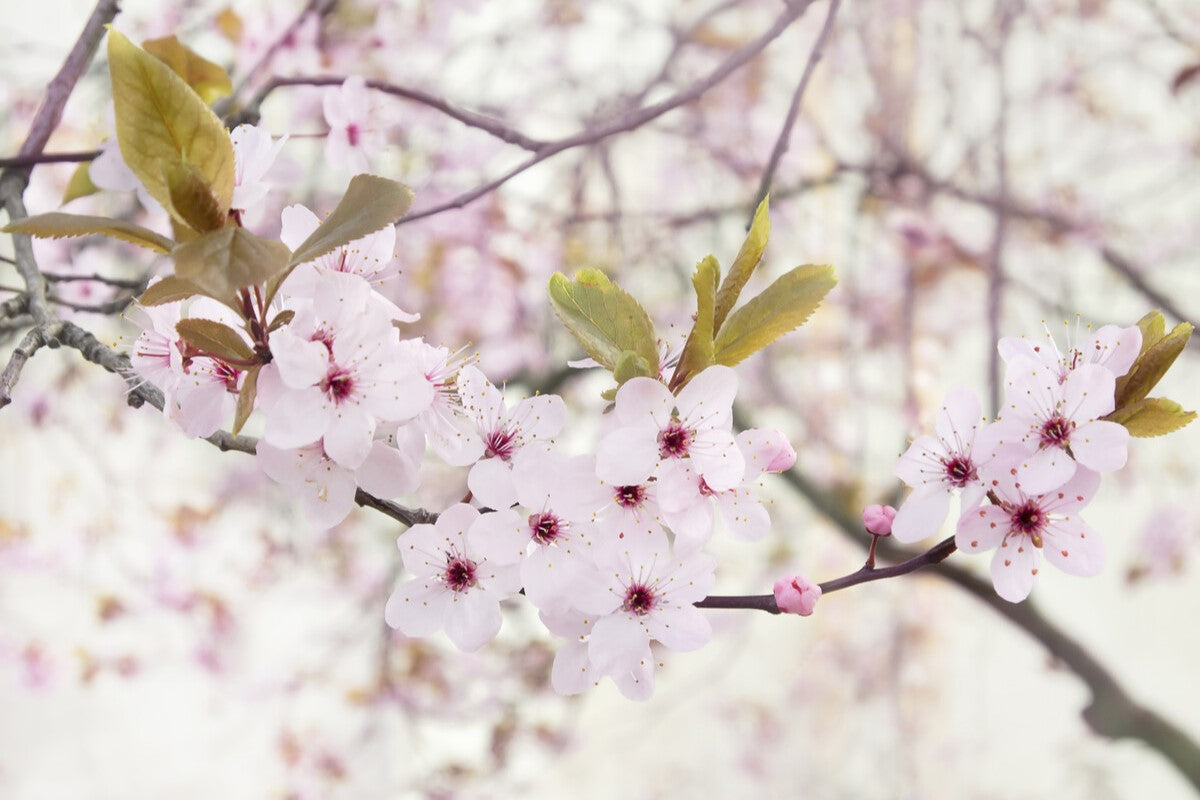
Deep pink flowers

4. What flower shape do you want your tree to have?
There are four types of cherry blossom flowers, based on the number of petals they have. A cherry blossom flower can have anything from 5-300 petals in a single bloom! In Japan, the simpler forms are preferred, and the most popular cherry blossom variety is 'Yoshino', which has five petals per bloom. Whether you prefer the more delicate single blooms, showy doubles, chrysanthemums or something in between, these are our top picks.
Single flowers (5-8 petals)

Semi double flowers (10-20 petals)
Double flowers (25-50 petals)
Chrysanthemums (100+ petals)
Wildcards
What is the best cherry blossom tree for purple leaf colour?
The foliage of 'Royal Burgundy' is a sumptuous, deep wine purple, turning scarlet and orange in autumn. Perfect for showing off against a light coloured background or providing contrast in a garden with a lot of green foliage.
Prunus cerasifera is not strictly a cherry blossom but a wild plum, but its foliage, emerging bronze and maturing to deep purple, and pale pink flowers certainly give cherry blossoms a run for their money!
Image source: Wikimedia.
What is the best cherry blossom tree for scent?
Prunus 'Matsumae-shizuka' is also known as 'Fragrant Cloud', for its rich, sweet perfume. All cherry blossom has a subtle almond scent, but this one really ramps it up! A great choice for a seating area, where you can fully appreciate the beautifully-scented, ruffled white flowers.
What are the best autumn-flowering cherry blossom trees?
If you’re usually away in spring when the cherries blossom, or just want two bites of the proverbial cherry, why not grow an autumn-flowering variety? They flower from November to March, providing much needed colour during the darker months of the year.
'Autumnalis Rosea' or 'Autumnalis' are your best choices.
Final thoughts
Whichever cherry blossom tree you choose, plant it in a sheltered spot with plenty of sunlight. Your cherry tree should produce its first blossom the spring after you plant it, and the display will get more and more impressive each year!
Last updated: 08/01/2026

